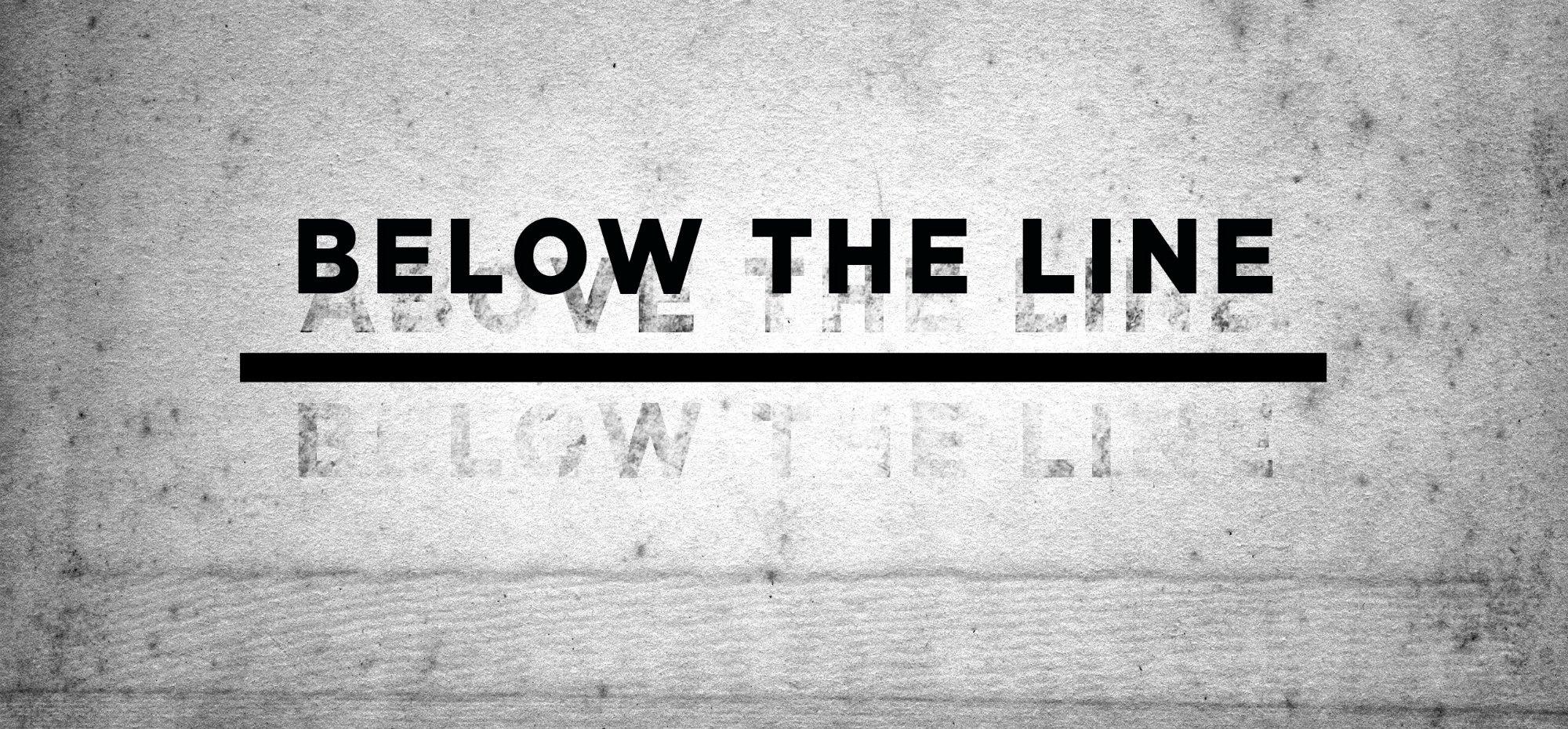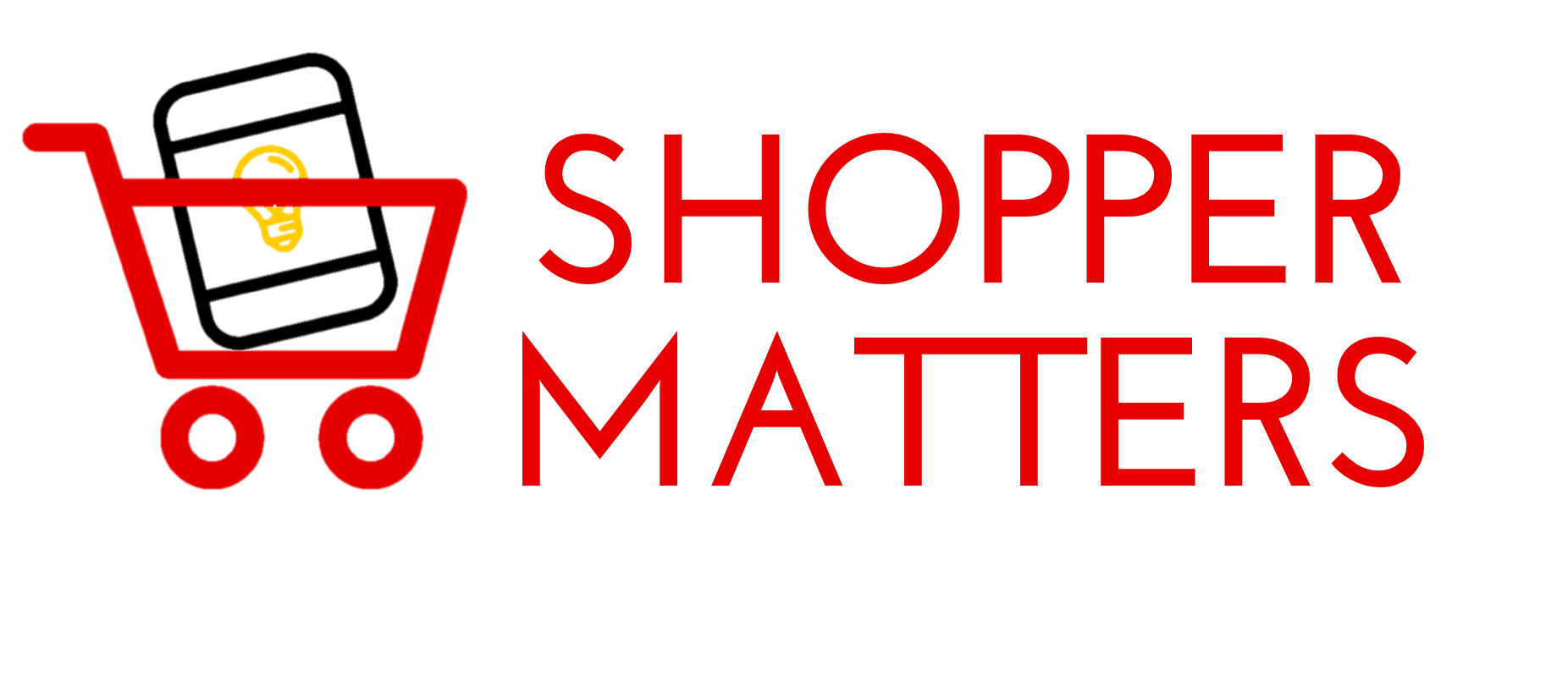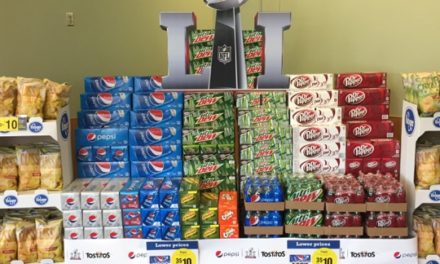Above the Line or Below the Line?
Before we start talking about the disconnect between brand and shopper marketing, how many of you use or have heard of the old ad world terms; above-the-line-creative and below-the-line-creative?
Maybe you’ve heard of it, maybe you haven’t.
Here’s a quick explanation:
Above-the-line typically refers to the big projects, the type of work you dream of doing when you’re in art or marketing school. These are the assignments that make careers and grace the pages of PRINT, HOW, CA, and other prominent publications on design and marketing.
Below-the-line work refers to the utility work. The day-to-day collateral such as coupons, POS, shippers, and many other in-store or social tactics that drive to retail. In most cases below-the-line work has been required to closely follow the conceptual and visual mandates derived from the brand and image focused above-the-line efforts.
However the delineation described, while still adopted, is far outdated. The result is a significant rift in the effectiveness of retail, CPG and shopper marketing.

Our industry can do better.
A number of retail brands have lulled themselves into believing above-the-line work (the development of a brand guideline full of brand assets, cultural studies, sharply stated consumer entry points and the outlines for social media engagement) is the only DNA needed to effectively extrapolate into a shopper marketing plan.
They’re wrong.
Brand considerations are of course important, but it’s not the full scope of thinking that should be leveraged in order to market a brand that must win at retail in order to succeed and stay alive.
The Disconnect Between Brand and Shopper Marketing
Brand marketing is not shopper marketing.
They are two relevant, but separate tasks and they need to be treated as such. While both brand and shopper strategies are important, maybe our industry needs to flip the sequence of development. Rather than the brand guideline driving shopper strategies, maybe shopper strategies should drive brand marketing and ultimately the brand itself.
In the age of fluid content marketing it makes little sense to continue to design CPG messaging from the static structure of a brand guideline.
Brands would benefit from starting from ground zero, where the rubber meets the road and first concept brand from the ever-changing pulse of the retail environment—whether physical, social or e-commerce.
Doing so doesn’t distract from the tenants of branding such as building a tribe, culturing loyal brand advocates, or building brand reputation, it improves upon all by focusing on how and why the shopper will engage with the product at the point of purchase.
In instances where it’s made sense, we’ve encourage brands to break free from their brand-exclusive thinking. These brands have developed shopper efforts as uniquely considered, messaged and deployed tactics with great success.
Connecting the Dots (from both lines)
I believe our industry needs to flip the sequence of branding more.
Start with the channels in which the product is purchased. Then figure out how to be relevant to the shopper and focus on the product.
In other words, allow the below-the-line learning drive the above-the-line brand.
By allowing brands to be shaped by what happens at retail CPGs can better speak to shoppers, also know as people, in a way that brand messaging alone simply can’t do within physical or digital retail environments.
================================================
This article first appeared on the Phoenix Creative blog and is reprinted here with permission.





